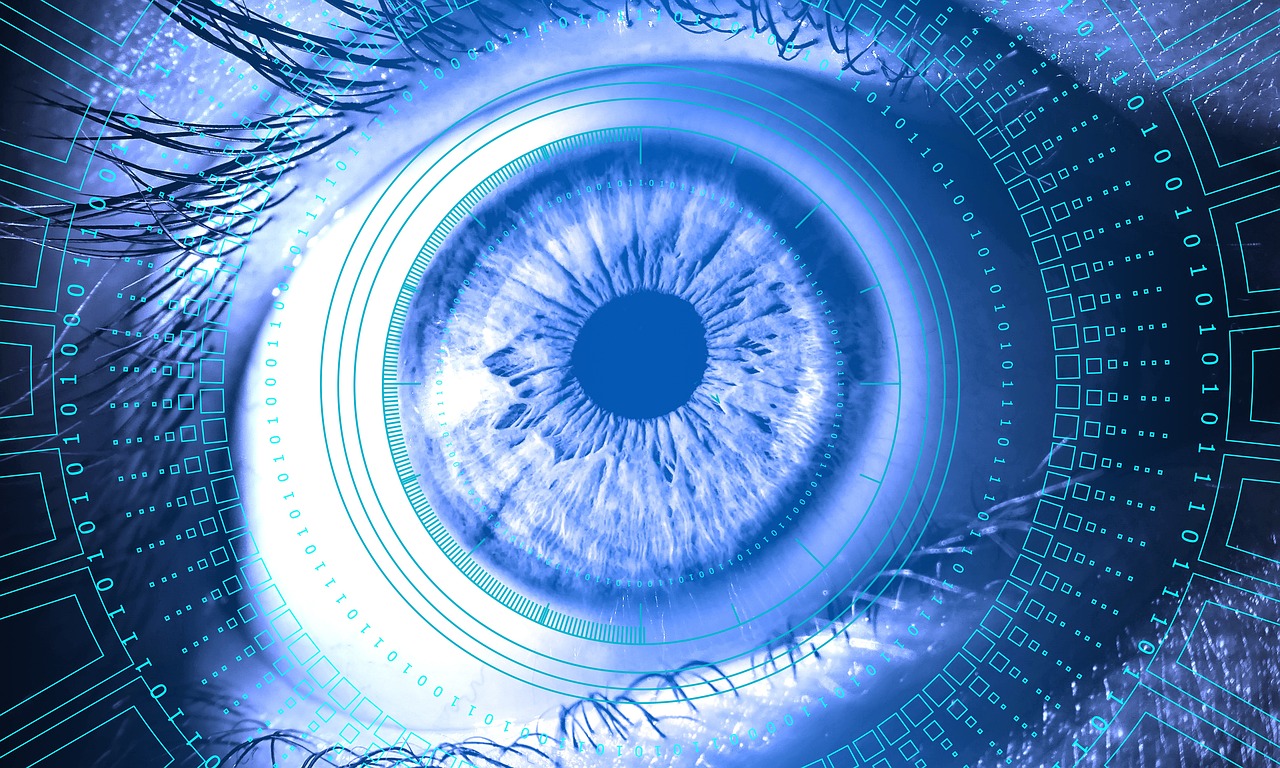The rise of Artificial Intelligence (AI) is transforming industries, and content creation is no exception. From crafting compelling marketing copy to generating detailed blog posts, AI tools are empowering creators to work faster, smarter, and more efficiently. But how exactly does AI content creation work, what are its benefits and limitations, and how can you leverage it effectively in your content strategy? This blog post will delve into the world of AI content creation, providing you with a comprehensive understanding of its potential and practical applications.
What is AI Content Creation?
Understanding the Core Concepts
AI content creation refers to the use of artificial intelligence to generate written, visual, or audio content. This is typically achieved through natural language processing (NLP), machine learning (ML), and deep learning algorithms that analyze vast amounts of data to understand language patterns, styles, and topics. These AI models can then produce original content, rewrite existing text, or automate various content-related tasks.
- Natural Language Processing (NLP): Enables computers to understand and process human language.
- Machine Learning (ML): Allows AI models to learn from data and improve their performance over time.
- Deep Learning: A subset of ML that uses artificial neural networks to analyze data at a deeper level.
How AI Content Creation Tools Work
AI content creation tools use complex algorithms to analyze input data, such as keywords, topics, or existing content. They then generate new content based on this analysis, mimicking human writing styles and adapting to specific requirements. The process typically involves:
For example, an AI tool tasked with writing a blog post about “the benefits of cloud computing” would analyze existing articles on the topic, identify key points and relevant keywords, and then generate a new article summarizing these benefits.
Benefits of Using AI for Content Creation
Increased Efficiency and Productivity
AI tools can significantly speed up the content creation process, freeing up time for human writers to focus on more strategic tasks.
- Faster Content Production: AI can generate content much faster than humans, allowing for quicker turnaround times.
- Automation of Repetitive Tasks: AI can automate tasks such as writing product descriptions, social media posts, and email newsletters.
- Scalability: AI can easily scale content production to meet the demands of growing businesses.
Imagine a scenario where a marketing team needs to create hundreds of unique product descriptions for an e-commerce website. Using AI, they can generate these descriptions in a fraction of the time it would take a human writer, allowing them to focus on other important tasks like marketing strategy and campaign optimization.
Enhanced Content Quality and Consistency
AI can help ensure that content is accurate, consistent, and optimized for search engines.
- Improved Grammar and Spelling: AI tools can automatically correct grammatical errors and spelling mistakes.
- Enhanced Readability: AI can analyze content and suggest improvements to make it more readable and engaging.
- SEO Optimization: AI can optimize content for search engines by incorporating relevant keywords and improving its overall structure.
For instance, an AI tool can analyze a blog post and provide suggestions for improving its readability score by shortening sentences, using simpler language, and adding more visuals. This can result in a more engaging and effective piece of content.
Cost Savings
By automating content creation tasks, AI can help businesses reduce their content creation costs.
- Reduced Labor Costs: AI can reduce the need for human writers, leading to significant cost savings.
- Lower Content Creation Expenses: AI can help businesses create more content with the same budget.
- Improved ROI: By optimizing content for search engines, AI can help businesses generate more leads and sales, improving their return on investment.
A small business owner might use AI to generate social media content, saving on the cost of hiring a social media manager or freelance writer. This allows them to allocate their resources to other areas of their business.
Limitations of AI Content Creation
Lack of Creativity and Originality
While AI can generate content that is grammatically correct and informative, it often lacks the creativity and originality of human-written content.
- Generic Content: AI-generated content can sometimes feel generic and uninspired.
- Difficulty with Complex Topics: AI may struggle to write about complex or nuanced topics that require a deep understanding of the subject matter.
- Limited Emotional Intelligence: AI cannot convey emotions or connect with readers on an emotional level.
For example, an AI might struggle to write a compelling personal story or a humorous article that requires a unique voice and perspective.
Dependence on Data Quality
The quality of AI-generated content depends heavily on the quality of the data it is trained on.
- Bias in Data: If the data used to train the AI is biased, the generated content may also be biased.
- Inaccurate Information: AI may generate inaccurate information if it is trained on unreliable data sources.
- Outdated Information: AI may generate outdated information if it is not regularly updated with new data.
A company needs to ensure that the data fed into an AI writing tool is accurate, up-to-date, and free from bias to ensure the output is high-quality and reliable.
Need for Human Oversight
AI-generated content typically requires human oversight to ensure accuracy, clarity, and brand consistency.
- Fact-Checking: Human editors need to fact-check AI-generated content to ensure its accuracy.
- Editing and Proofreading: Human editors need to edit and proofread AI-generated content to ensure its clarity and readability.
- Brand Voice and Style: Human editors need to ensure that AI-generated content aligns with the brand’s voice and style.
Even the best AI content creation tools require a human touch to refine the generated text and ensure it meets the specific needs of the project and aligns with the brand’s voice.
How to Effectively Use AI for Content Creation
Define Your Goals and Objectives
Before using AI for content creation, it’s important to define your goals and objectives.
- What do you want to achieve with AI content creation? (e.g., increase website traffic, generate leads, improve brand awareness)
- What type of content do you want to create? (e.g., blog posts, social media posts, product descriptions)
- What is your target audience? (e.g., demographics, interests, needs)
By clearly defining your goals and objectives, you can ensure that you’re using AI in the most effective way possible.
Choose the Right AI Tools
There are many different AI content creation tools available, each with its own strengths and weaknesses.
- Research different tools and compare their features and pricing.
- Choose tools that are specifically designed for the type of content you want to create.
- Consider the level of human oversight required for each tool.
For example, if you need to generate product descriptions, you might choose an AI tool that specializes in e-commerce content. If you need to create blog posts, you might choose a tool that specializes in long-form content.
Integrate AI into Your Content Workflow
AI should be integrated into your content workflow in a way that complements human creativity and expertise.
- Use AI to automate repetitive tasks, such as writing product descriptions or social media posts.
- Use AI to generate content ideas and outlines.
- Use AI to improve the grammar and readability of your content.
- Use human editors to fact-check, edit, and proofread AI-generated content.
A content marketing team could use AI to generate a first draft of a blog post, then have a human writer refine the content, add their own insights, and ensure it aligns with the brand’s voice and style. This hybrid approach allows for efficiency and quality.
The Future of AI Content Creation
Continued Advancements in AI Technology
AI technology is constantly evolving, and we can expect to see even more advanced AI content creation tools in the future.
- Improved Natural Language Processing: AI will become even better at understanding and processing human language.
- Enhanced Creativity: AI will become more capable of generating creative and original content.
- Personalized Content: AI will be able to create content that is tailored to the specific needs and interests of individual users.
Imagine a future where AI can generate personalized news articles, product recommendations, and even entertainment content based on your individual preferences.
Increased Adoption of AI in Content Marketing
As AI technology continues to improve, we can expect to see increased adoption of AI in content marketing.
- More businesses will use AI to automate content creation tasks.
- Content marketers will use AI to improve the quality and effectiveness of their content.
- AI will become an integral part of the content marketing process.
Businesses that embrace AI and integrate it into their content strategy will be better positioned to succeed in the increasingly competitive digital landscape.
Conclusion
AI content creation is a powerful tool that can help businesses create more content, faster, and more efficiently. While it has its limitations, AI can be a valuable asset when used effectively in conjunction with human creativity and expertise. By understanding the benefits and limitations of AI, and by carefully integrating it into your content workflow, you can unlock its full potential and gain a competitive edge in the digital world. As AI technology continues to evolve, we can expect to see even more innovative applications of AI in content creation, transforming the way we create and consume information. The key to success lies in embracing AI as a tool to augment human capabilities, rather than replace them entirely.




